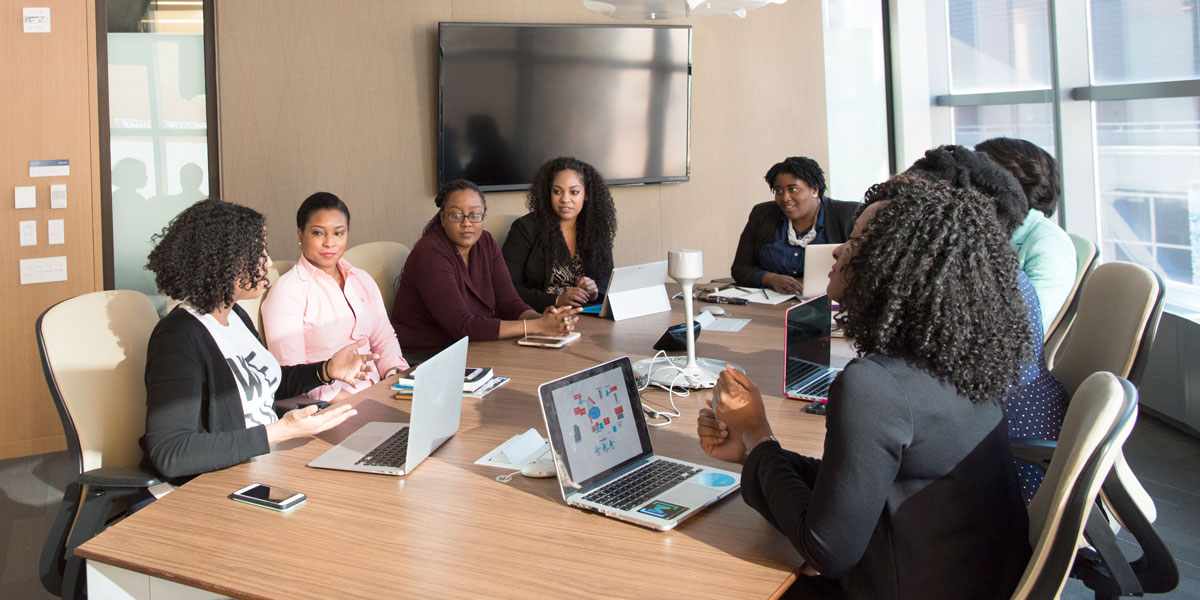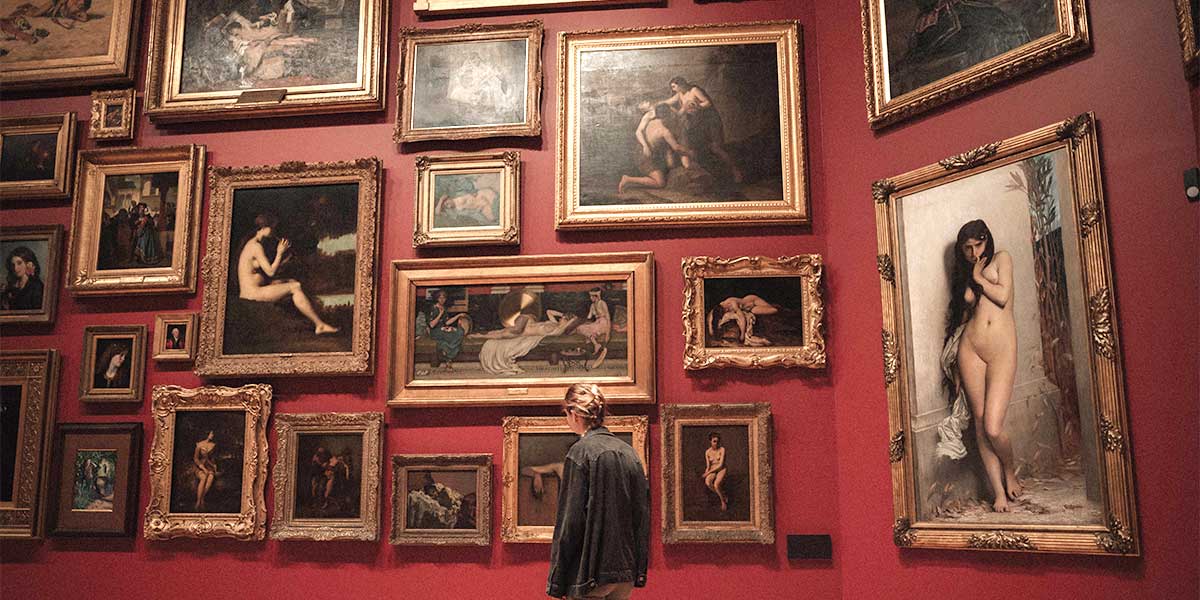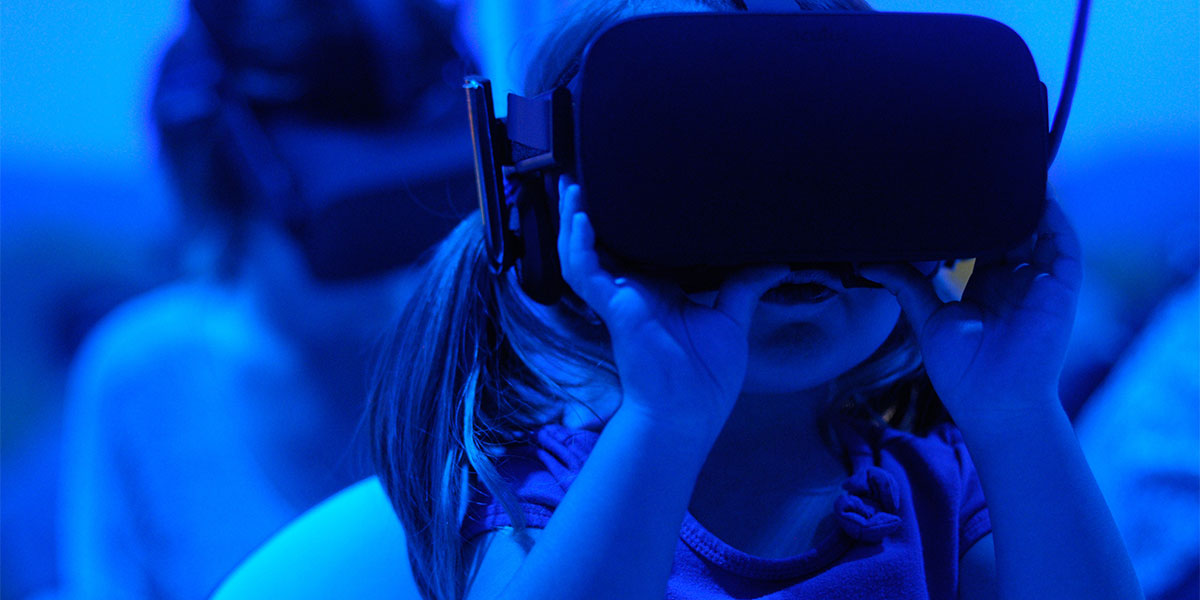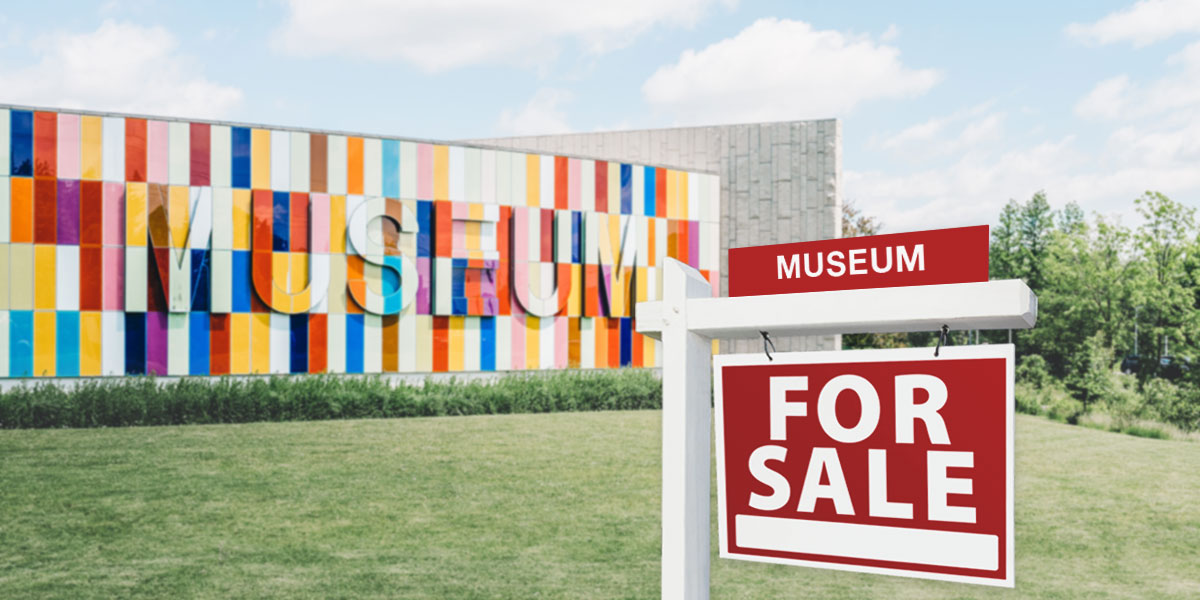In our first post on the changing habits of information consumers and the changing role of information professionals as part of the knowledge supply chain, we shared examples of increasing complexity, underpinned by technology and changes in personal preference. In this post, let’s take a look at the third paradigm (KM 3.0) and see what it means for the sustainability and relevance of knowledge managers and special librarians.
We've Moved!
Think Clearly has a new home! Click here to see our latest posts.
*If there’s older content you’d like to catch up on, you can browse right where you are, until Friday, April 5th.
We know it takes a minute to get used to change!
Best Practice Knowledge Management is Content Plus Connection, Part Two
Topics: Knowledge Management, Enterprise Social Networks, Strategy
Best Practice Knowledge Management is Content Plus Connection, Part One
After one of Stan Garfield’s successful KM webinars, an audience member asked a question about Enterprise Social Networks and their value. It makes one think about the ways in which information consumption is changing and has changed over time—and how our personal habits are a key driver of this change.
Topics: Knowledge Management, Enterprise Social Networks, Strategy
Machine-Based Active Listening in Libraries: Technology Trends that Aren’t that Out-There Anymore!
More than the walls have ears! Have you experienced enjoying a conversation with a friend and then receiving ads on Google or Facebook related exactly to what you were talking about—even though you’d never done a search on that topic?
Topics: Special Libraries, Artificial Intelligence, Strategy
Archival project managers can create highly functional teams that embrace change, honor individual diversity and contributions, and demonstrate good faith and goodwill. There are many aspects of team-building to consider, including the fundamentals of team size and composition.
Topics: Strategy, Archives, Project Management
The fallow months of winter are usually the best time for museums to perform museum grant writing and planning. Many funding agencies have refreshed their grant requirements and deadlines for the upcoming year, and many of the grant applications usually aren’t due until early Spring through to the end of Summer.
Managing Expectations for Archival Projects: Tips for Archives Project Managers
Delivering a project on time, on budget, and with quality doesn’t always mean it’s successful. And even if expectations of cost and speed are met—or were unrealistic—stakeholders are the final judges of the project. In their eyes, the project may be late, over budget, or inferior quality.
Topics: Strategy, Archives, Project Management
People are fundamental to every aspect of an archival project. They commission projects, provide resources, support (or challenge) projects, and produce results. People deliver projects as managers and team members, and others influence projects as sponsors and archival project stakeholders. How people behave and feel about the project influences its success.
Topics: Professional Development, Strategy, Archives
Topics: Knowledge Management, KM, Strategy
The Importance of Sustainable Museum Cataloging & How to Achieve It
Topics: Strategy, Museum Collections Management
3 Things to Look for When Choosing a Museum Collections Management System
Many of the companies known for Museum Collection Management Systems (CMS) were founded in the late-1970s through the 1980s. Collections management system usage became common among museums in the 1990s with wide-spread implementation occurring by the 2000s. Early adopters have likely seen the migration from at least one CMS to another.
Project managers for archival projects have a wide variety of responsibilities. They oversee activities, serve as liaisons between departments, and facilitate meetings. They hire staff, attend professional development activities, and review instructional materials. This post covers characteristics of effective archival project managers.
Topics: Professional Development, Strategy, Archives
There are many ways to nurture an organizational culture change in a knowledge-sharing environment, including embracing “Working Out Loud”. Bryce Williams defines Working Out Loud (WOL) as Observable Work (creating, modifying, and storing your work in places where others can see it, follow it, and contribute to it in process) + Narrating Your Work (writing about what you are doing in an open way for those interested to find and follow).
Topics: Knowledge Management, KM, Strategy
Since the Great Recession of 2008, museums of all types have been navigating shaky financial ground. The recession impacted museums on multiple fronts: it shrank endowments, decreased corporate and private donor giving, and depleted financial support from municipal and foundation organizations.
Topics: Museums, Strategy, Museum Collections Management
Digital Archives: How and Why to Write Digital Preservation Policy
Most archives repositories find it a challenge to keep a balance between meeting the needs of their users, their administration, and their collections. The hands-on tasks involved in the daily management of ever-growing collections of digital information leave little time for conceptual planning of the digital preservation program.
Topics: Strategy, Digital Archives, Archives
Museums in Financial Trouble: Sell, Close, or Plan a Museum Merger?
It’s no secret that since The Great Recession of 2008, museums, cultural heritage, and cultural arts organizations in the United States are still suffering financially. For each of these organization types, the expense of owning or leasing a large building, maintaining a staff, and offering compelling programs can make it difficult to survive year to year.
Special librarians too often hide much of the true professional added value of their work. To mitigate that, I think the following activities should be added to communication with end users—either collectively or individually—so librarians can demonstrate value and impact.
Topics: Professional Development, Strategy, Special Librarianship
10 Guidelines for Leveraging Push Communication to Promote KM Initiatives
Timely communication is critical to successfully introduce and promote KM initiatives and keep the organization informed of progress. Develop a plan for the communications vehicles you will use and be sure to include “push” channels.
Topics: Knowledge Management, KM, Strategy
Over the course of the next seven years the Smithsonian Institution’s National Air and Space Museum (NASM) will embark on a renovation of its original museum on the National Mall in Washington, D.C., to the tune of $1 billion dollars. NASM is reported to be the most visited museum in the United States and the 3rd most visited in the world, with 8.6 million visitors through their doors in 2017 and hundreds of thousands of digital visitors who frequent NASM’s website and collection search center.
Topics: Museums, Strategy, Visitor Engagement


















